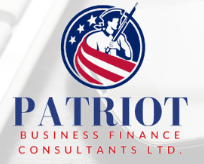Let’s talk about finance solutions for your business and how to work with factoring and account receivable. Frequently, a commercial bank cannot provide all the loan funds a growing company needs. A balance sheet is not liquid enough. Or maybe it can’t clear off the bank debt every 6 or 12 months. A factor can provide funds to clear off bank loans periodically. A factor can also make additional bank credit possible by guaranteeing accounts or replacing accounts receivables with cash.
One of the biggest advantages of factoring is that businesses get immediate cash (from 70 -80% of the face value of the invoices) within 24-48 hours. This means you can accelerate your cash flow by speeding up payment of the receivables. You will have an immediate source of funds for operating expenses and future growth.
You will be able to use your own, hard earned cash without having to wait. Say goodbye to the hassle of waiting 30, 60, 90 or 120 days to collect from customers. Additionally, since only receivables are used as collateral for the cash advance, other assets (such as real estate and equipment) can be used for future borrowing.
Cash flow is probably the most important element in the success of a business. Accounts receivable may be the biggest asset on a company’s balance sheet. They also represent the business best source of operating capital that is in permanent disuse. Factoring improves cash flow. A business can use cash currently tied up in receivables to increase sales and take advantage of supplier discounts. Factoring accelerates cash flow by eliminating the time lag between the delivery of goods or the performance of a service and the payment for it. Most businesses have to pay their expenses before they can collect their receivables, disrupting cash flow.



